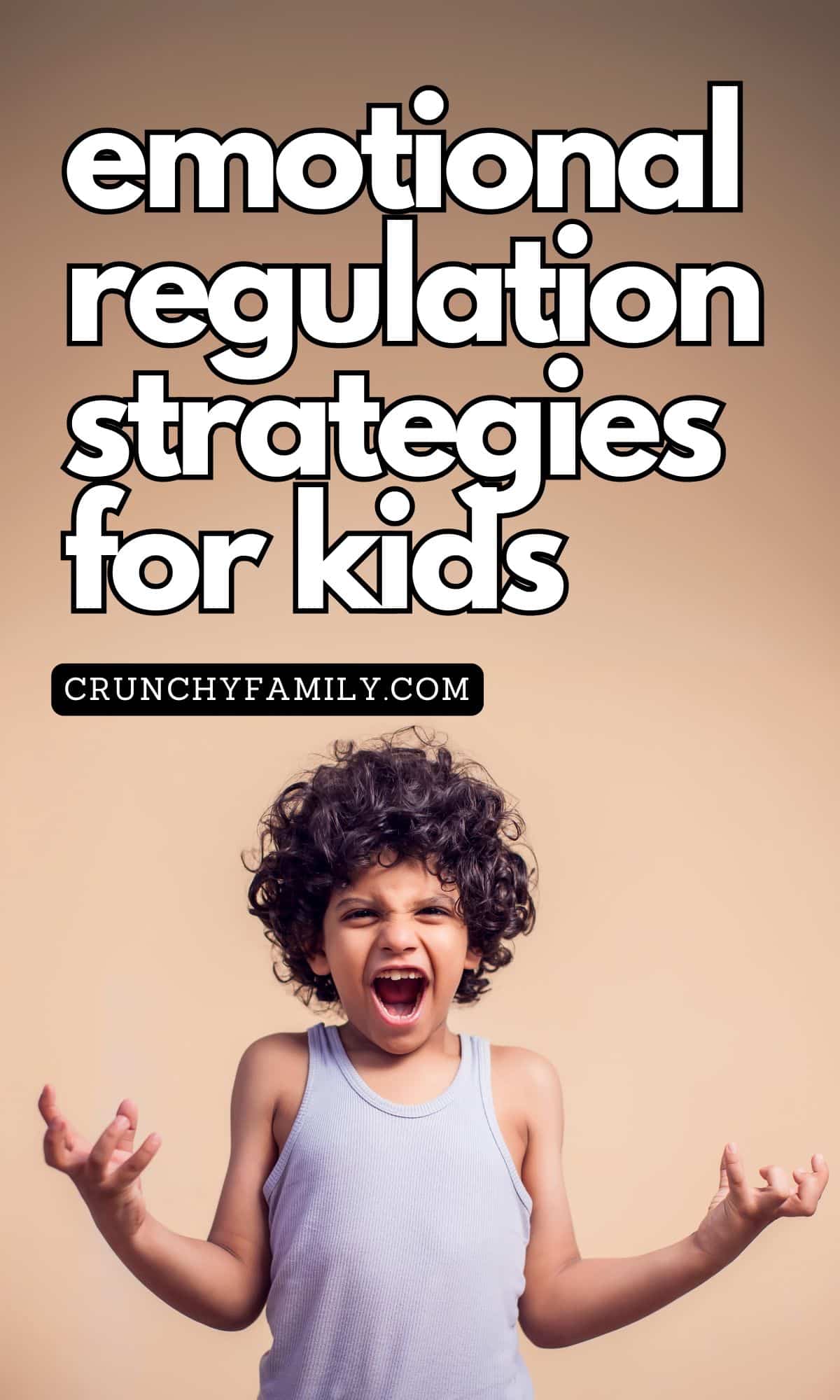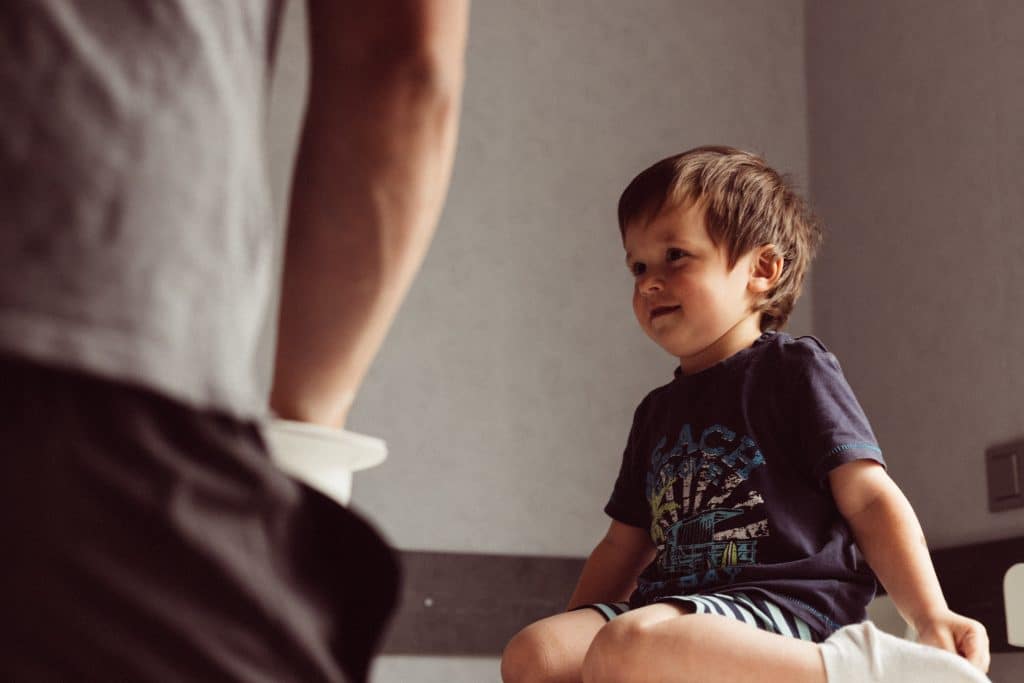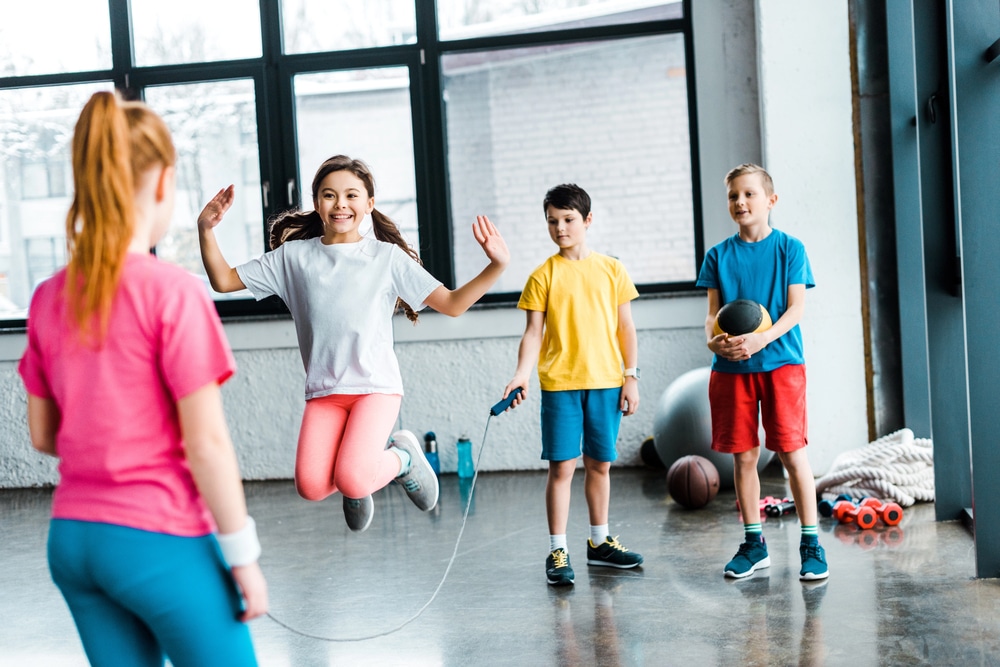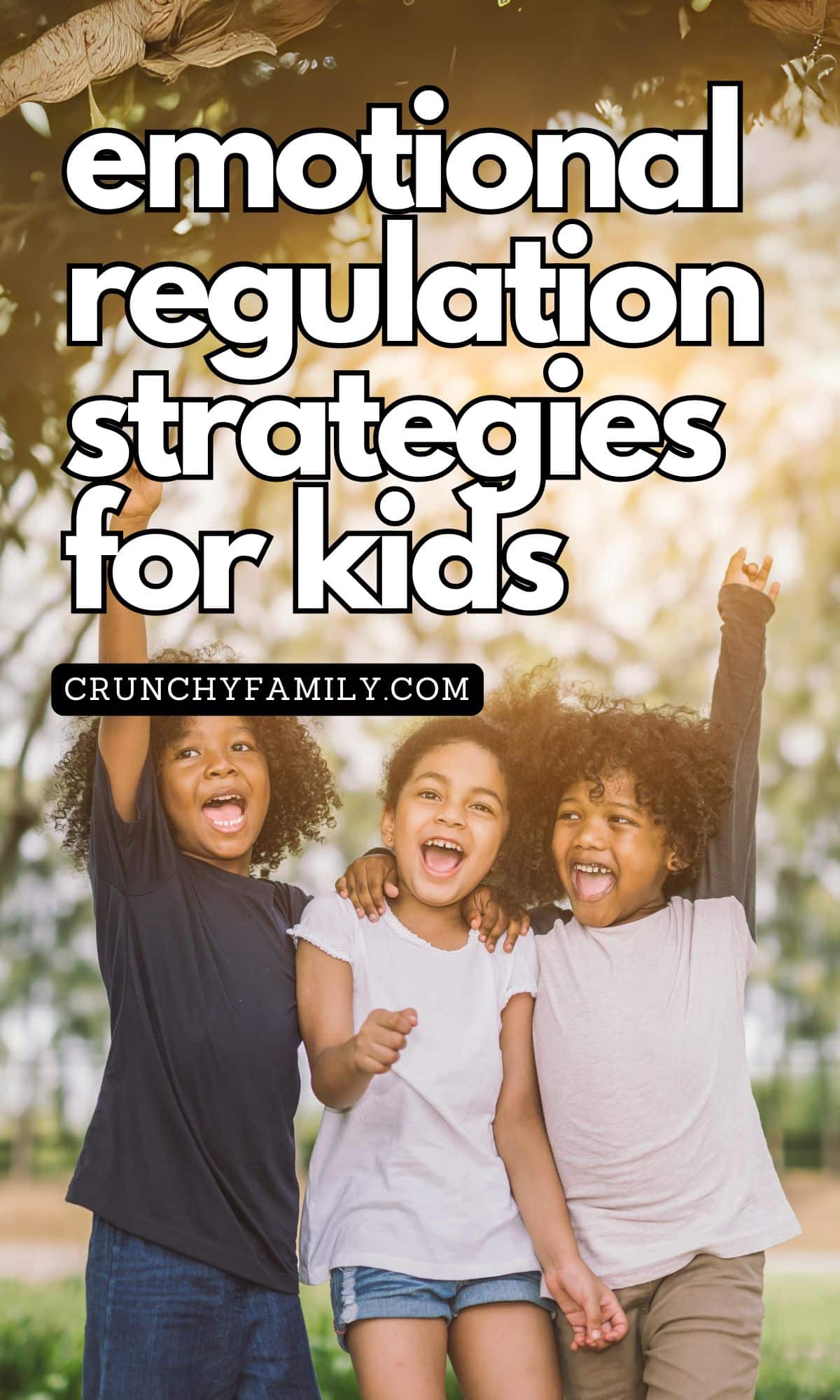Children experience strong emotions just like adults, but they often lack the maturity and self-control to process them effectively. Teaching kids emotional regulation strategies helps set them up for success in relationships, school, and life. By helping them develop these skills early, you’re giving them tools they can rely on to handle challenges and stress in a healthy way.

Model Healthy Emotional Responses
Kids learn a lot from observing the adults in their lives. When you’re upset or stressed, they are watching how you respond, which shapes their understanding of handling emotions.
If you can remain calm during frustrating situations and talk through your feelings, you’re modeling healthy emotional responses.
Saying things like, “I’m feeling frustrated right now, so I’m going to take a minute to calm down,” shows them how to process emotions without lashing out.

It’s equally important not to dismiss or judge a child’s feelings. Their emotions are valid, even if the situation seems small or insignificant to an adult. Instead of saying, “It’s not a big deal,” try something like, “I see you’re really upset about this.” When children feel understood, they are more likely to open up and learn to manage their feelings effectively.
Additionally, you can set a positive example by handling stress in constructive ways. Whether it’s taking a walk, practicing deep breathing, journaling or doing something you enjoy, show them that there are many healthy options for coping with life’s pressures.
Use Simple Coping Techniques
Simple coping techniques are powerful tools for helping kids manage strong emotions. One effective strategy is deep breathing. When kids feel overwhelmed, taking deep, slow breaths can help them calm down and refocus. Practicing these exercises together during calm moments can make them easier to implement when needed.
Another helpful approach is creating a cozy space where they can retreat when they’re feeling out of control. Whether it’s a specific chair, a blanket fort, or a favorite corner of a room, having a designated place to relax and regroup can provide comfort.

It’s also useful to suggest activities that shift their focus. Drawing, coloring, or listening to soothing music can help a child move out of an emotional state into a calmer frame of mind.
Teaching kids to step away from stressors and come back to them later can give them the time they need to process their emotions before reacting.
Visualization
Visualization techniques are another simple but effective coping method. Encourage your child to imagine a happy place, like the beach or their favorite playground, whenever they feel upset. This mental escape can help them distance themselves from overwhelming emotions.
You can also teach them to view their emotions like waves—rising and falling. Just like waves, emotions come and go, and this imagery can remind them that difficult feelings are temporary, making it easier to ride them out.
Physical Movement
Sometimes, kids just need to release pent-up energy. Physical movement can be a great way for them to let off steam and shift their mood. Jumping, dancing, running, or even having a quick burst of activity can be very calming.
For some kids, hugging a stuffed animal or pillow provides a sense of deep pressure, which can have a grounding effect. These physical outlets help them release stress and feel more in control of their emotions.

Validate and Label Emotions
One of the most important steps in teaching emotional regulation is helping kids identify and understand their emotions. When you give them the vocabulary to describe their feelings, it becomes easier for them to process what they’re experiencing.
For example, you might say, “It seems like you’re feeling frustrated right now,” and follow that up with a simple coping suggestion, like deep breathing.
By validating their emotions and showing them that feelings like anger or sadness are normal, you’re helping them realize that it’s okay to experience a wide range of emotions. This validation can provide comfort and foster emotional awareness.
Set Clear Expectations and Consequences
While it’s important to allow space for emotions, children also need clear guidelines for how to express them. Establishing rules for behavior and communicating the consequences for breaking them teaches kids that while all emotions are okay, not all behaviors are. Consistency is key—when consequences are applied in a calm and fair manner, children are more likely to develop self-control.
Avoid reacting emotionally to their behavior or using punitive measures, as these can make the child feel misunderstood. Instead, focus on reinforcing the idea that following through with expectations builds trust and helps them grow.
Teaching emotional regulation strategies equips children with the ability to handle difficult feelings in a healthy way. It’s a process that requires patience, practice, and support, but the rewards are immense. By providing them with the right tools, you are fostering their emotional resilience and preparing them for a lifetime of better emotional health.
More Emotional Regulation
- 10 Mindful And Grounding Techniques To Calm Your Thoughts
- 15 Fun And Simple Grounding Activities For Kids
- Natural Ways to Reduce Anxiety In Children
- 45 Journal Prompts for Anxiety
- Effective Emotional Regulation Games for Young Kids
If you found this post helpful, please share it with other parents or caregivers who might benefit from these strategies. Together, we can help children learn healthy ways to manage their emotions!

1 thought on “5 Effective Emotional Regulation Strategies to Use With Kids”